Biodiversity: An Overview
India’s phytodiversity is one of the most significant in the world. India is one of the twelve mega-biodiversity centers in the world and also an important center of origin of agrobiodiversity. It is therefore, very important to study, document and conserve the plant wealth of India and also of the world before its possible extinction. There are convincing scientific, economic and sociological reasons for giving priority to the conservation of the major centers of plant diversity throughout the world. The strategies to conserve the biodiversity include establishment of protected area network and corridors with emphasis on appropriate levels of management, reduction of anthropogenic pressure on natural populations by cultivating them elsewhere, programmes of augmentation, reintroduction and introduction of target taxa, restoration of degraded habitats, etc. The conservation strategies can be either, in-situ conservation of genetic resources within their ecosystem and natural habitat or ex-situ conservation of components of genetic material of biological diversity outside their natural habitat. The choice of conservation strategy depends upon the nature of the material to be conserved, i.e., the life cycle and mode of reproduction, size of individual population and ecological status. Ex-situ techniques include the establishment of botanical and zoological gardens, banks of pollen, seed tissue culture, DNA, etc. Establishment of forest reserves, national parks, protected areas and on farm conservation of valuable plant varieties is being promoted to facilitate their in-situ conservation. The present book comprises of 29 contributions by eminent scientists and research workers who are acknowledged internationally in their respective fields. The book has been prepared with the intention of providing sufficient depth of the subject to satisfy the academic needs of the reader up to a higher level, which is comprehensive and interesting. There are articles on the various groups of plants, i.e., angiosperms, sedge vegetation, grassland vegetation, wetland flora, sacred groves, ethnobotany, pharmacognosy of drug-plants, phenology of medicinal plants, changing water regimes, hotspots and biodiversity conservation. In totality, it contains useful information for the postgraduate students, teachers, scientists and researchers dealing with Basic and Applied Botany, Ethnobotany, Environmental Biology, Forestry and Agricultural Botany. Moreover, it will prove helpful for Government departments dealing with forestry, social forestry and the cultivation of medicinal plants.
Get it now and save 10%
BECOME A MEMBER

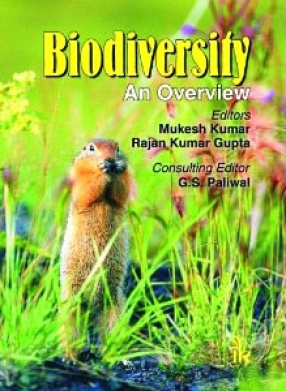
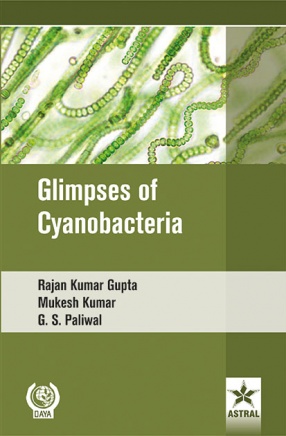

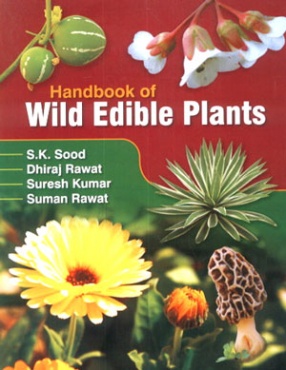
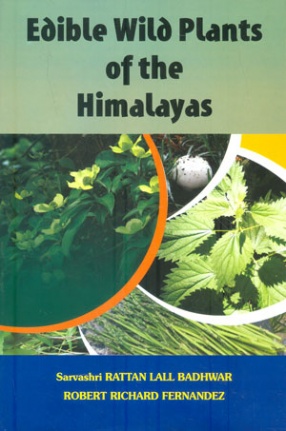
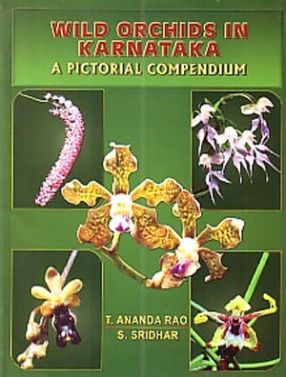

Bibliographic information
Rajan Kumar Gupta
G.S. Paliwal